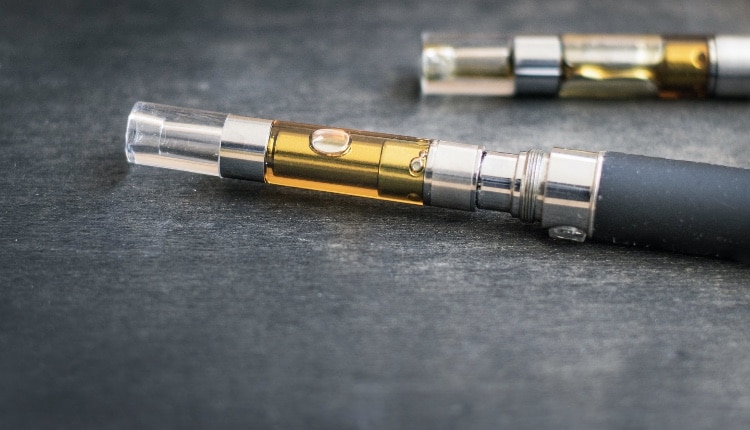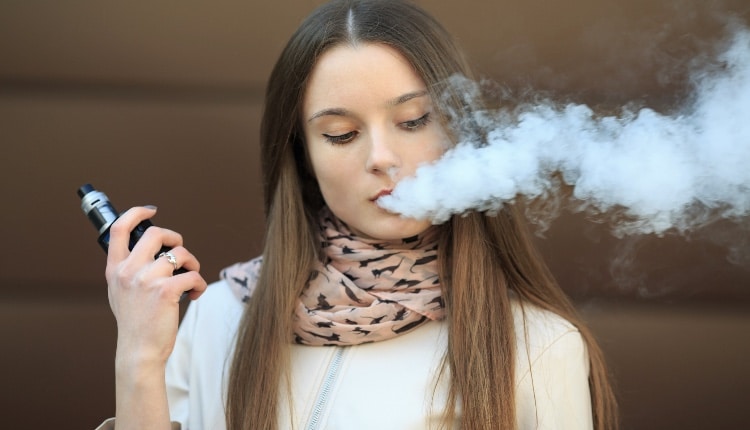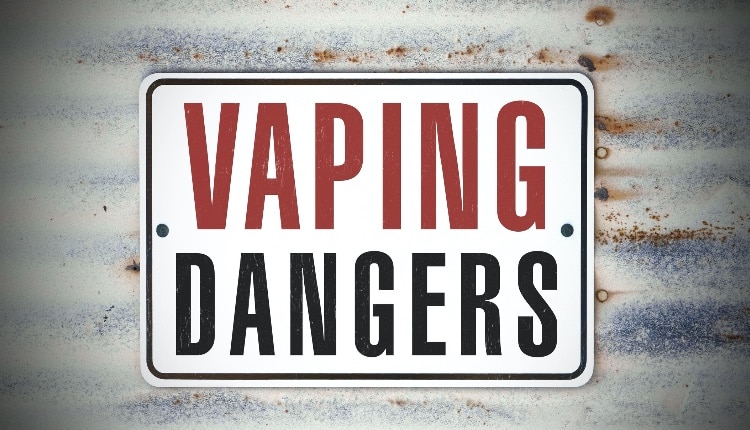Impact of E-Cigarettes on Lung Health
As of February 18, 2020, a total of 2,807 hospitalized e-cigarette, or vaping, product use-associated lung injury (EVALI) cases had been reported to the US Centers for Disease Control and Prevention (CDC) from all 50 states, the District of Columbia, Puerto Rico, and US Virgin Islands.
. To read the article, click here.







